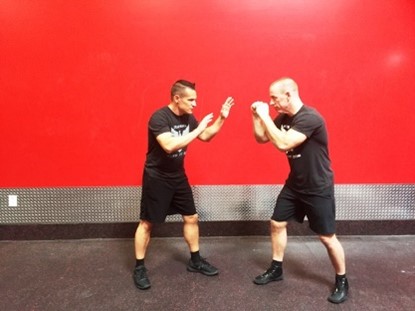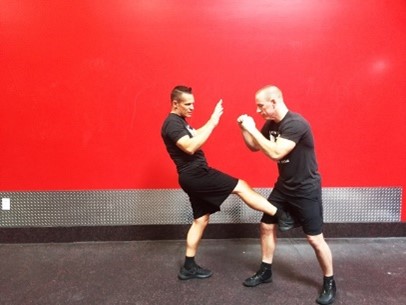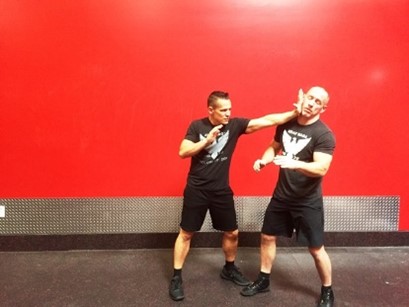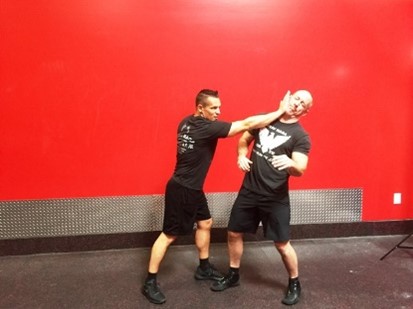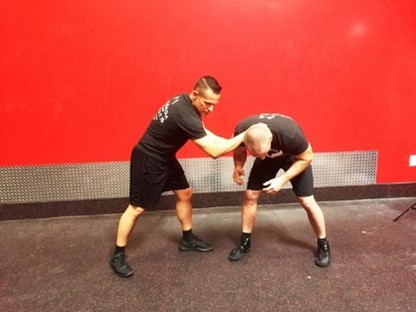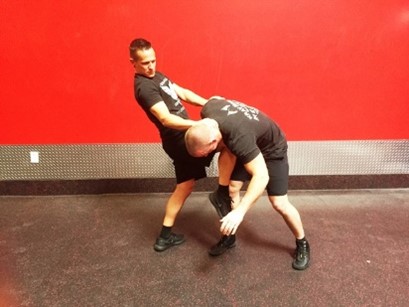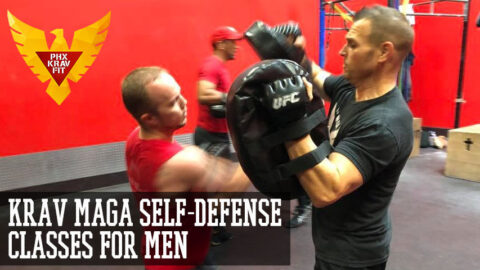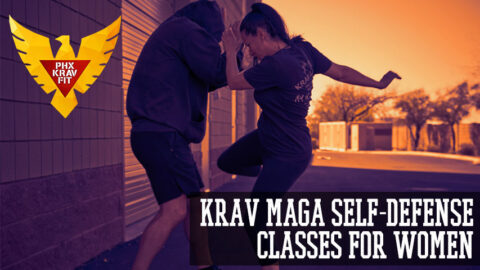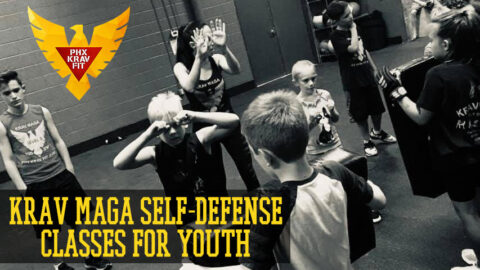The Three Ingredients To Effective Self-Defense
When I talk about self-defense to my students, I help them understand that self-defense is not just “one” move. It is not a singular “thing” you do, much less, just know. When you train self-defense, whether empty handed or with a firearm, you should practice with multiple moves, multiple shots, etc., never relying on “one thing” to take the attacker out.
Why? Well, I tell my students “you’re just not that good, and neither am I”. We can’t rely on one move to defeat an attacker. What if that one move fails? What if they need more pain in order to injure enough to present an opportunity for you to escape? What if you simply miss?
That is why we practice self-defense with a sequence of moves, or multiple attacks and counter attacks. They give you a higher success rate of hitting targets, while putting on enough “hurt” to either change the attacker’s mind, or physically put them out of commission so you can make your escape.
There are three ingredients for effective and successful self-defense. The first is that the response is immediate. The faster we can react to a threat, the faster we transfer the element of surprise back to our side. If we wait to see what our attacker uses to attack us with, then we are reacting and thus our response takes longer. Furthermore, if we curl up into the fetal position, or do nothing but play defense, we are giving complete control over to them.
The second ingredient is that it must attack multiple targets. Using different strikes to attack the opponent’s face becomes easier to defend and predictable. The goal is to attack multiple targets, giving multiple shots of pain to the attacker. That is why I suggest using a high-low-high or low-high-low attack pattern in order to make it more difficult to defend, while also keeping the opponent off balance. This aides in striking multiple targets, but also helps create an unpredictable striking pattern and creates openings to attack unguarded targets.
The third and final ingredient is that whatever your sequence is, it must be adaptable. Meaning, although we’re practicing a specific set of moves, you cannot get frazzled if something goes off track. A boxer could practice a jab-cross-hook combo, but they might have to adapt if they get countered, or the opponent moves in too close or simply moves away. The point here is to keep going. Aggressiveness always makes up for mistakes, Murphy’s law and even lack of technique. If something fails, keep going.
Here is a sequence as an example, or create your own off this template. The first move is a kick right up the attack’s “A frame” or groin area. This front kick is found in many different arts, as it is extremely effective and efficient.
As you can see in the illustrations, you will want to lean the top half of your body back slightly for balance, as you launch your knee forward, and end it with the bottom half of your leg snapping forward as your pointed foot makes contact with the person’s groin.
Next, using the heel of your palm, deliver a one-two boxing combination such as a jab-cross right to the middle of the attacker’s face. Make sure your whole body is behind the move, as your weight shifts and hips rotate with each strike. Finally, we’ll end this altercation with a series of knee strikes as we “clinch” up by grabbing the back of the opponent’s neck and arm as noted in the pictures. Keeping isometric tension in our arms (assisted by your elbows pointing down) to prevent an easy escape or attempted take down, you will have a myriad of targets to knee including the face, chest, stomach, groin and thigh. Once again, the goal is to create a sequence which you know like second nature, is easy enough to do under stress and uses the right tools to inflict the most amount of pain. Use these to get you started, and experiment with others to find the one which is right for you

